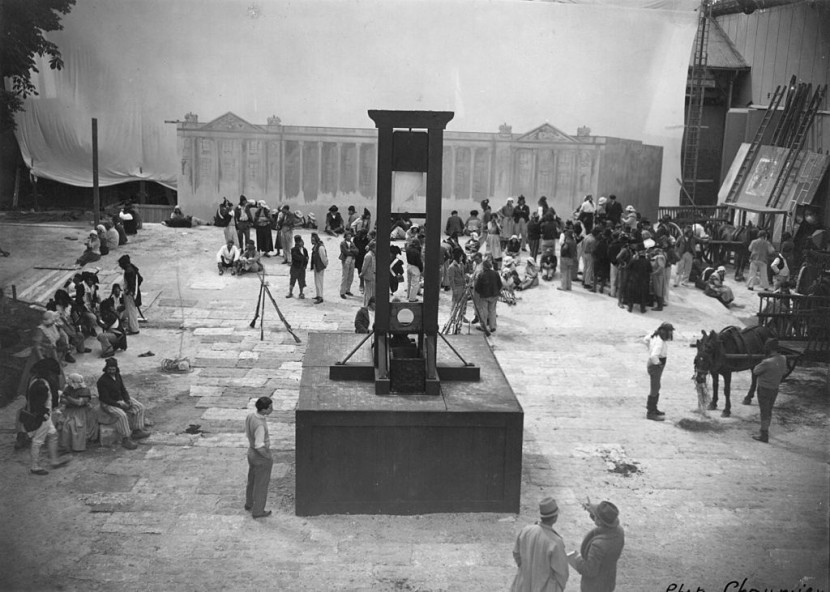
The walls of a monument in Paris could be hiding a horrifying history, as experts believe that it hides the bodies of at least 500 people executed using guillotine during the French Revolution.
Classified as a monument in Paris, the walls of the Chapelle Expiatoire contains fragments of bones upon observation.
Based on the examination of Archaeologist Philippe Charlier, he found out that there was earth mixed with bone fragments after inserting a small camera to observed what's within the monument's walls, The Telegraph reported.
Before their formal burial at the Basilica of St Denis, the monument was dedicated to Mary Antoinette and King Louis XVI who were executed at the Place de la Revolution.
The insertion of a camera through the stones in the walls, is a way of the archeologist working for the french authority to maintain the foundation of the building while exploring it.
Aymeric Peniguet de Stoutz, the administrator of the chapel had noticed some anomalies in the walls and between the columns of the lower part of the chapel.
In a report by Daily Mail, according to the Archaeologist Charlier, the lower chapel consists of four ossuaries wherein chests ox boxes made of woods and filled with bones were probably stretched out with leather on it. The current research of the building is requested by Peniguet de Stoutz.
A chapel in the 8th arrondissement of Paris which is near to the Grand Boulevards and on the site of the old Madeleine cemetery, the Chapelle Expiatoire was founded in 1816.
Due to its space outage, in 1794 the Madeleine cemetery was closed.
Based on Historians, they believe that the remains of those who were once buried in the cemetery were transferred to the catacombs which lie under the city which is an estimated 500 victims.
The claim was also supported by the location of the monument as it was built close to the site where they used guillotine for their execution, the Place de la Revolution.
On January 21, 1793, the whole crowd in the Place de la Révolution witnessed the execution of King Louis XVI and the final queen before the French Revolution, Marie Antoinette also executed in the area.
However, when Louis XVIII became a king in the year 1814, he ordered that the remains of Marie Antoinette and Louis XVI which was buried in Madeleine cemetery should be transferred to the Basilica of St Denis.
Joseph-Ignace Guillotin, who is a physician and against the death penalty shared that capital punishment should always be decapitation and sought to introduce and carry out executions in the most humane way.
On October 10, 1789, he proposed to the National Assembly that simple mechanism should be used in performing the penalty.
Before the invention of the guillotine, a sword or an ax was used by the members of the nobility and using this method it took two to three blows to kill so others just hanged.
The guillotine became a symbol of equality as it became a civil execution of all classes in the society during that time. Guillotine execution was last seen in France in the year 1977, while it was only totally abolished in October of 1981.








